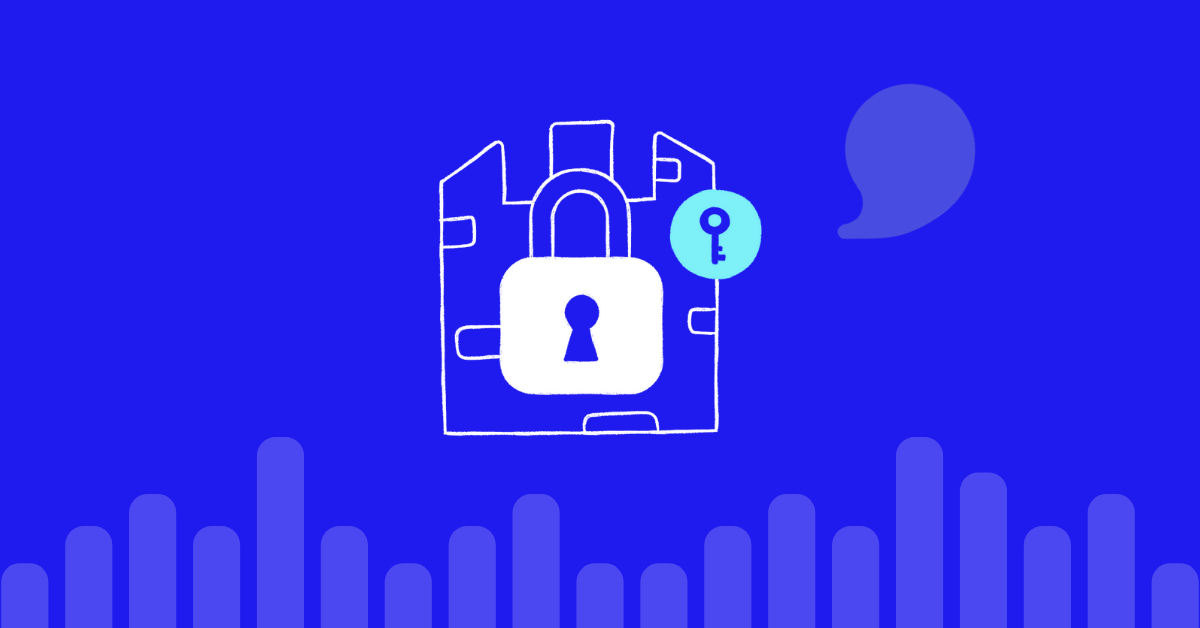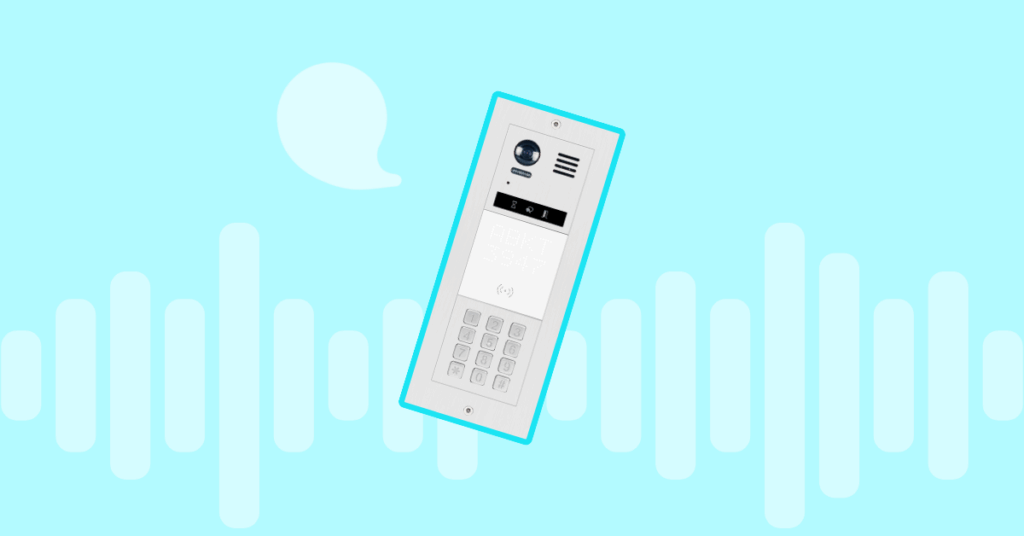
Table of contents
Session Initiation Protocol (SIP) trunking is garnering a lot of conversation. Some parties worry that it could expose areas of vulnerability. Such could lead to phone fraud and corporate espionage.
There is a fear that you give access to third parties to your phone conversations. But, despite the concerns, the uptake of the SIP trunking technologies is on the rise. Research shows that by 2023, the figures could reach $12.70 billion, up from $7.63 billion in 2018.
Our article will show you how to set up your SIP trunking safely. We argue that you can secure your networks and phone lines with such technologies. But, to get the most out of it, you must integrate it well with your organizational procedures.
It helps remove any vulnerabilities. The loopholes could be contributing to the negative market perception of SIPS trunking.
We have a Trunk SIP trunking service with a cost-effective, reliable, and feature-rich platform for businesses. GoTrunk offers business communication features with a host of benefits. GoTrunk is a great alternative to VoIPstudio, our cloud VoIP service, for those who prefer to keep their PBX in-house. For more information on how to choose the best solution for you, see our analysis on SIP and VOIP.
Steps to Setting Up Your SIP Trunking
You avoid dependence on individual incoming communication lines. It provides cost savings for the business and is excellent for scaling communication.
Let’s dive into the steps you need to follow to set up your SIP turning.
1. Update firmware and software
Cloud-based software can present areas of weakness that cybercriminals can take advantage of. You have to keep up with updates for your firmware and software. It gives you access to the latest security features.
Developers look for patches or glitches that can create areas of insecurity. Determine what kind of systems you have in your networks. Such include unified communications (UC), customer retention management (CRM), and PBX.
Keep up with running the latest updates. It helps you deal with any toll fraud possibilities
2. Only use secure connections
Organizational practices could be the weakest link when it comes to cybersecurity. Many factors contribute to vulnerabilities.
Such include remote or mobile workforces and Bring Your Own Devices (BYOD) policies. We can also not ignore cloud-based SaaS and loopholes in internal networks. Companies have to contend with greater demand for network functionalities.
Yet, the very same are prime hunting grounds for hackers. They look for loopholes that give them entry to your networks. They then target corporate data and communication accounts.
SIP connections go through the internet. It means that any internet security challenges could find their way to the trunking. Hackers can target the data packets resulting in breaches or loss of information.
The company will also not be safe from snooping or eavesdropping. It could be used by other organizations such as intelligence agencies.
Companies must invest in secure connection protocols. You have options like secure socket layers for remote workers. Virtual private networks also provide more security. It is crucial to discourage the use of public or unsecured wifi networks.
Consider using Socks proxies for extra security. You can navigate the digital space in total anonymity. You don’t have to worry about hackers seeing your location through your IP address.
The proxy will also encrypt data thus security for your information. Other security measures include firewalls, anti-virus, and even anti-spyware.
3. Be picky about your SIP provider
Pick the right SIP provider for your organization. Enable your firewalls so that only trusted connections have an entry. You will also need to add the providers to the IP whitelist. Taking this critical step will allow you to block any accounts you have not authorized.
4. Use your IP address to authenticate accounts
It is critical to secure your IP network. One way is to limit the IP address that you allow to access your telephone resources. This might be not the best practice but at least is one initial step.
It provides a way to track and assign privileges to those who can call or message using your resources.
But the challenge comes in when you have remote users logging in with dynamic IP addresses. You have the option of blacklisting those that may present areas of threats.
Take the time to find the right tools to check log files. Some tools can also block access after so many password attempts. This works well for hackers who run a series of combinations to find the correct password.
5. Choose the right passwords
Do you know that it can take minutes for a hacker to crack your password? Cybercriminals are increasing levels of sophistication by using advanced technologies.
Yet, many people also make it easy for hackers to get access. Few will take the time to come up with complex passwords. You may be guilty of reverting to the usual ones. Such include birthdays, anniversaries, or name combinations. In the worst-case scenarios, you use the same password for many accounts.
A combination of letters, numbers, and symbols for your passwords is your best bet. You should have a unique one for all areas, including voicemail and phones. Do not stick with only one password. Make it a standard practice to always change it.
You could save yourself the trouble of dealing with SIP and VoIP issues with these simple steps.
Note Gotrunk has the admin service password which you need to secure and do not share Gotrunk Credentials with other people. But there is also SIP credential for your PBX it is extremely important to SIP trunk credentials under not trusted PBX deployments or share them with external support services.
6. Understand how your media and signalling providers work
Before signing up to any service providers, take the time to understand how they work. Also, check what they have to offer you as the client. Your organization’s needs will determine the SIP trunking services you opt for.
Several factors should guide your thinking process. Do you, for example, have clarity on how they send calls? Can you request extra security through end-to-end encryption?
Some providers use dissociated information in two streams for call or voice data. If a hacker gains access at the provider level, all they see are IDs and numbers. They do not get access to the audio, which could contain critical information.
7. Download source code from trusted repositories?
There are many source code repository available online, from GitHub and Bitbucket to the lesser-known yet useful repo hosts catering to specific needs. Each one appeals to different users and their specific projects: open-source projects, multi-developer projects, and more. While having many diverse hosts to choose from, the problem lies with determining your needs’ secure and code repository.
Lastly, we have seen some canned PBX deployments that sometimes are already infected with Malware. This could cause that your PBX could be used to process Spam calls and get used to your call credit once you connect trunk service.
We do strongly recommend only download PBX installations files from the manufacturer website or trusted soure. Also if you are extending your PBX with packages please only use trusted repositories.
8. When deploying PBX follow manufacturers hardening guides.
Each PBX manufacturer has recommendations guides and Hardening procedures. Before you set your PBX under the production environment, review these procedures and recommendations to ensure your deployment meets safety requirements. See some hardening guides examples:
– 3cx
– Free PBX community
– Asterisk PBX systems
– Yeastar
Final Thoughts
You must keep your networks safe from fraudsters and cybercriminals. It starts with securing your SIP and the entire system. We have looked at several steps to SIP trunking above. By implementing them, you can be sure of more secure phone connections.
More from the blog
Want to improve your business communication?
Unlock enterprise-class call center power at affordable prices – no hardware, no delays, no surprises!






